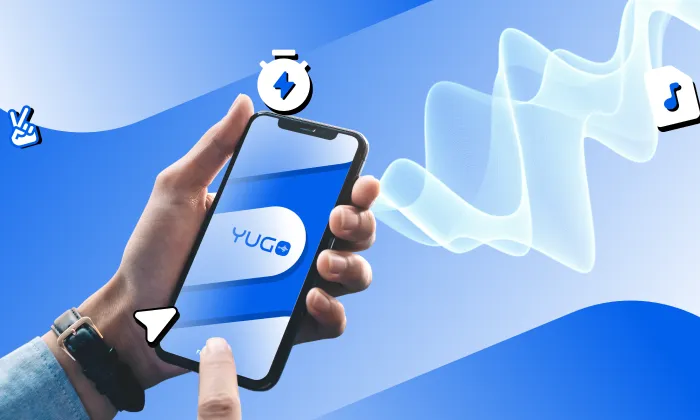How to collect language-specific wake word data?
Wake Word
Voice Recognition
Data Collection
To collect language-specific wake word data, follow this four-step workflow: Plan, Recruit, Record, Validate. This structured approach enhances the precision and performance of language-targeted wake word models.
1. Plan Your Wake-Word Dataset Construction
Successful dataset creation starts with the SPEAK framework, designed to guide the planning phase for speech data collection.
- S: Speaker Quotas: Define quotas for age, gender, and region to ensure demographic diversity across your dataset.
- P: Pristine Environments: Use noise-controlled setups to record clear, high-fidelity audio samples.
- E: Environment Variation: Simulate real-world usage by incorporating multiple background conditions and device settings.
- A: Annotation Standards: Maintain consistent transcription guidelines to avoid ambiguity in labeling.
- K: Key Metadata: Capture essential metadata, such as language, speaker ID, session type, and recording context, for traceability and analysis.
Privacy and Consent
Ensure full compliance with privacy regulations by collecting GDPR-aligned voice consents and using anonymized identifiers to protect speaker data integrity.
2. Recruit and Record Speakers
Diverse speaker participation significantly improves model generalization and reduces bias.
- Speaker Quotas: Strive for balance across age groups, gender identities, and regional accents to reflect the real-world user base.
- Recording Method: Choose between centralized studio setups or remote contributions via the YUGO platform. YUGO facilitates structured onboarding, guided recordings, and secure audio uploads.
3. Build Your Audio Data Pipeline
A robust audio pipeline ensures consistency, quality, and compatibility with downstream model training.
- Recording Specifications: Standardize audio format to 16 kHz sample rate, 16-bit depth, mono-channel WAV files.
- Data Augmentation: Apply augmentation techniques such as background noise layering, time stretching, and pitch modulation to simulate acoustic diversity and improve model robustness.
For seamless integration, map your end-to-end audio data pipeline from initial capture to final dataset delivery.
4. QA and Speech Data Annotation
Validation and annotation are essential for building reliable wake word models.
- Two-Layer QA Process: First, confirm audio quality using signal-to-noise ratio (SNR) benchmarks of at least 30 dB. Second, evaluate transcription accuracy to ensure word error rates remain below five percent.
- Example Metadata Schema: Use professional speech data annotation services to maintain linguistic consistency and enhance model interpretability.
Voice AI Performance Metrics and Real-World Applications
Evaluate dataset strength through multilingual and acoustic benchmark tests. For instance, achieving ninety-five percent detection accuracy under challenging urban conditions with as low as 5 dB SNR can drive adoption across:
- Smart speakers and wearables
- Automotive voice assistants
- Smart home control systems
FAQ
Q. How many samples per speaker?
A. Collect at least ten unique samples per speaker to capture natural variability in pronunciation and tone.
Q. Which languages show high accent variability?
A. Languages such as English, Spanish, and several Indian languages exhibit wide accentual differences, requiring geographically distributed speaker datasets.
Final Thoughts
Following these best practices and leveraging tools like the YUGO platform can drastically improve the quality of your wake word datasets. Whether you're building multilingual wake word engines or refining accent-specific detection, FutureBeeAI provides both off-the-shelf and customized solutions to meet your goals.
Explore our offerings to build compliant, high-performance datasets that push your voice AI systems closer to production-grade excellence.
What Else Do People Ask?
Related AI Articles
Browse Matching Datasets
Acquiring high-quality AI datasets has never been easier!!!
Get in touch with our AI data expert now!


-data-collection/thumbnails/card-thumbnail/top-resources-to-gather-speech-data-for-speech-recognition-model-building.webp)





